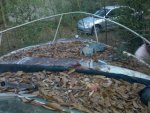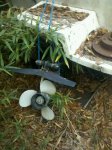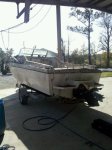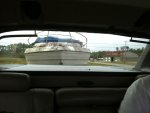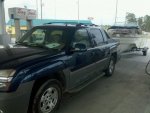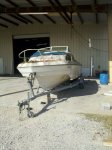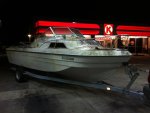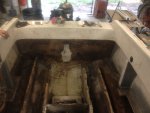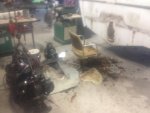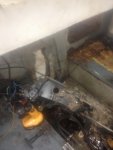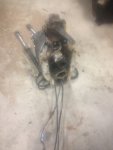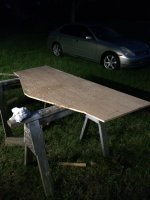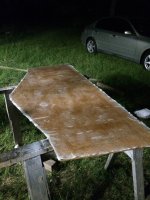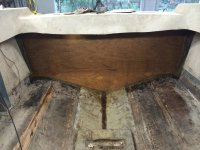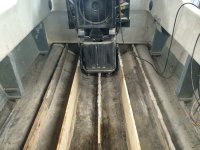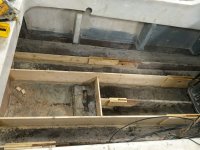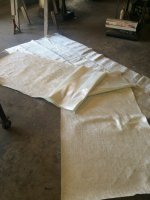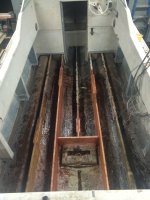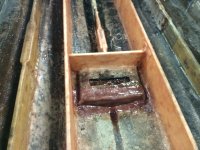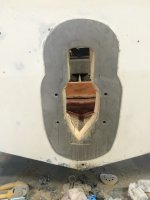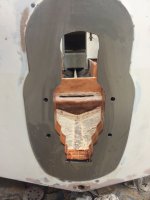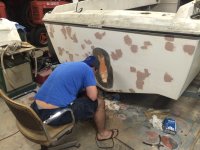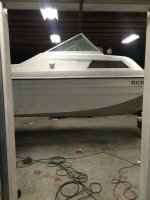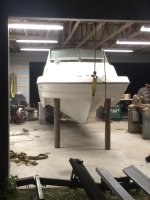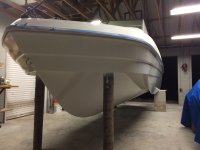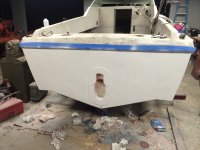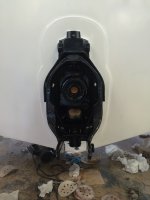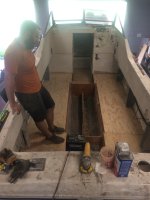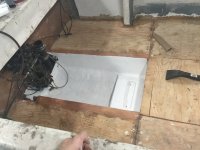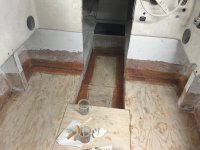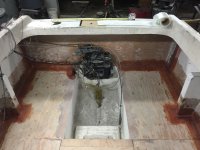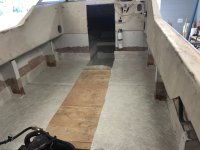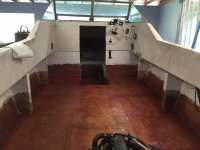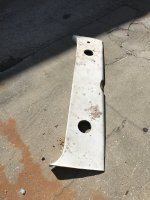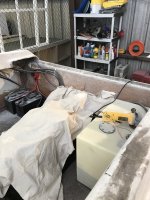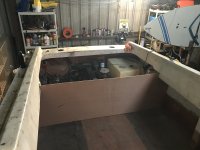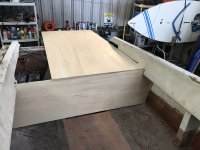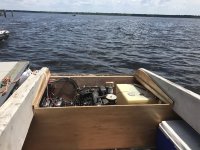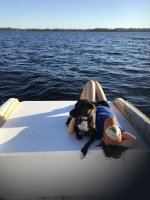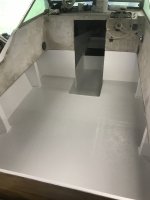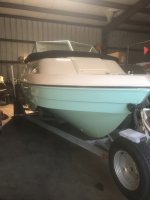Alright, I gave this a shot about a year ago and totally dropped the ball. I am going to take another crack a recording this project and hopefully make it all the way thru as it nears completion.
Backstory:
My Uncle used to live in Kiln, Mississippi and had a house right on the Bayou. During that time he purchased a 1972 Cathedral Trihull and regularly took the boat out. Unfortunately in 2005 their house was directly in the path of Hurricane Katrina. Their house took significant damage and the boat at the time, trailered off to the side was left out in the open. Shortly after that time he offered me the boat if I would take it off his property. As a Floridian I said no. I knew the old saying that it's better to know someone with a boat then to own one yourself.
So the boat was left to sit outside for the next 5-6 years.
This all changed in 2012, when I accidentally mentioned the existence of this boat to my two roommates at the time. They thought it would be a great idea to go get this boat and getting it working again. I'm sure they had dreams of catching giant fish and being surrounded by beautiful women.
After hours of persuasion, I eventually called my Uncle and asked if we could come grab the boat. He said the offer still stood and a FREE boat was on the table. We arranged the truck that could tow it back and headed out. Before heading out the last thing that my Father told me was.... "I will never see this boat come up my driveway." He like me, knew this was a bad idea.
I agreed and off we went. On the way their my two roommates thought we were going to simply show up, hitch this baby up in 30min and head out. Party in NOLA!!
Man were they disappointed.
Below are some pictures of the first sight.
Backstory:
My Uncle used to live in Kiln, Mississippi and had a house right on the Bayou. During that time he purchased a 1972 Cathedral Trihull and regularly took the boat out. Unfortunately in 2005 their house was directly in the path of Hurricane Katrina. Their house took significant damage and the boat at the time, trailered off to the side was left out in the open. Shortly after that time he offered me the boat if I would take it off his property. As a Floridian I said no. I knew the old saying that it's better to know someone with a boat then to own one yourself.
So the boat was left to sit outside for the next 5-6 years.
This all changed in 2012, when I accidentally mentioned the existence of this boat to my two roommates at the time. They thought it would be a great idea to go get this boat and getting it working again. I'm sure they had dreams of catching giant fish and being surrounded by beautiful women.
After hours of persuasion, I eventually called my Uncle and asked if we could come grab the boat. He said the offer still stood and a FREE boat was on the table. We arranged the truck that could tow it back and headed out. Before heading out the last thing that my Father told me was.... "I will never see this boat come up my driveway." He like me, knew this was a bad idea.
I agreed and off we went. On the way their my two roommates thought we were going to simply show up, hitch this baby up in 30min and head out. Party in NOLA!!
Man were they disappointed.
Below are some pictures of the first sight.






















